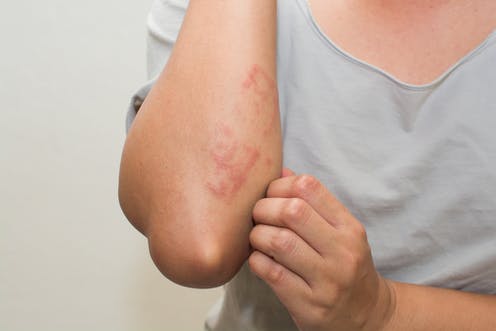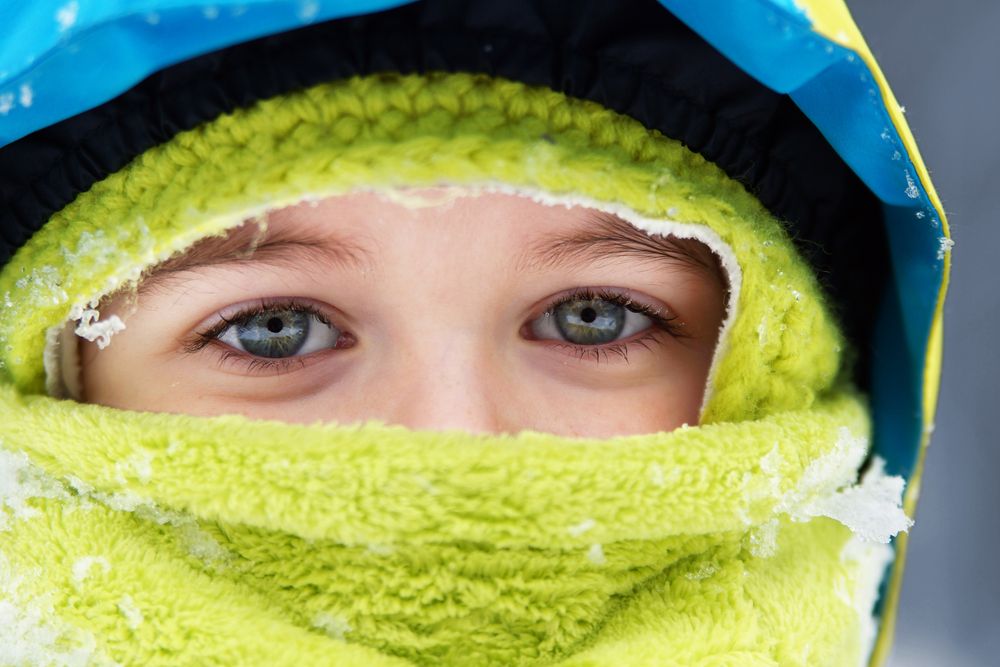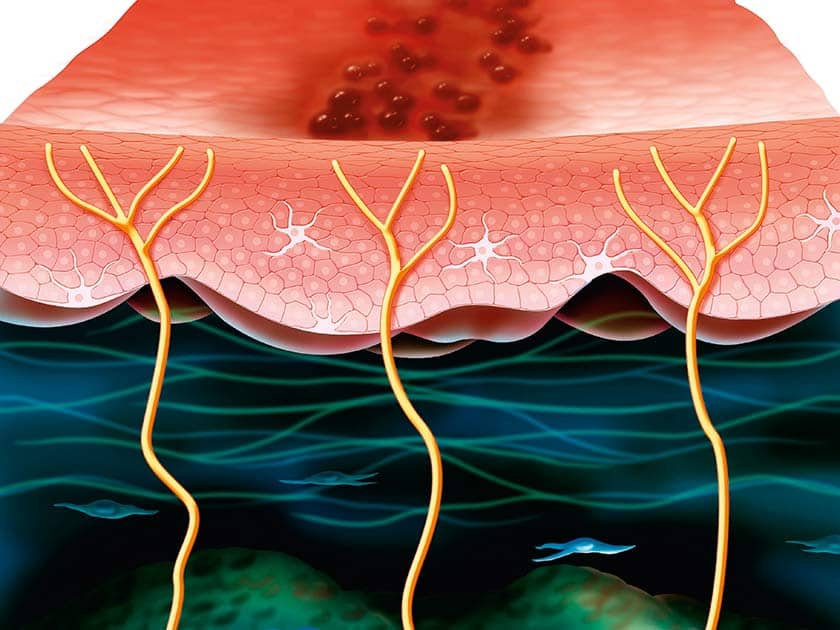Symptoms and Causes
Shingles, also called herpes zoster, is a pathological infection that causes one to have painful rashes with blisters on the body. This infection mostly occurs as a stripe of sores that wraps around your torso or face. The disease’s cause a virus known as varicella-zoster. The virus also causes chickenpox.
Its symptoms may include some pain and burning of the affected area on your body, a red rash appearing a few days after the problem, and some blisters that break open. Some shingle-infected people may also get a headache, fever, maybe light-sensitive, and develop fatigue.





